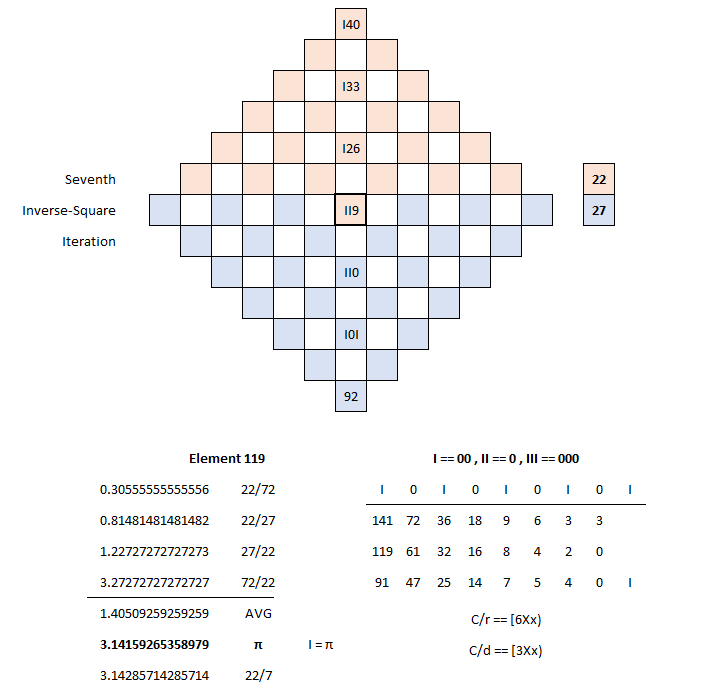Welcome To
Prime Mechanics



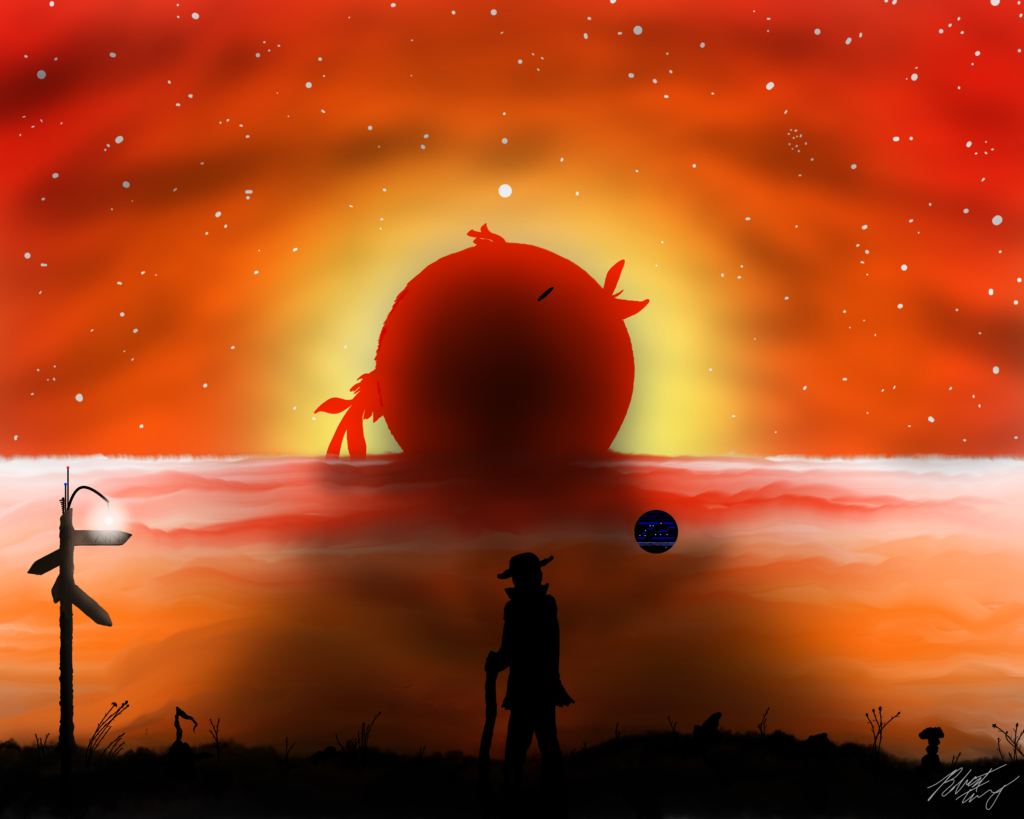

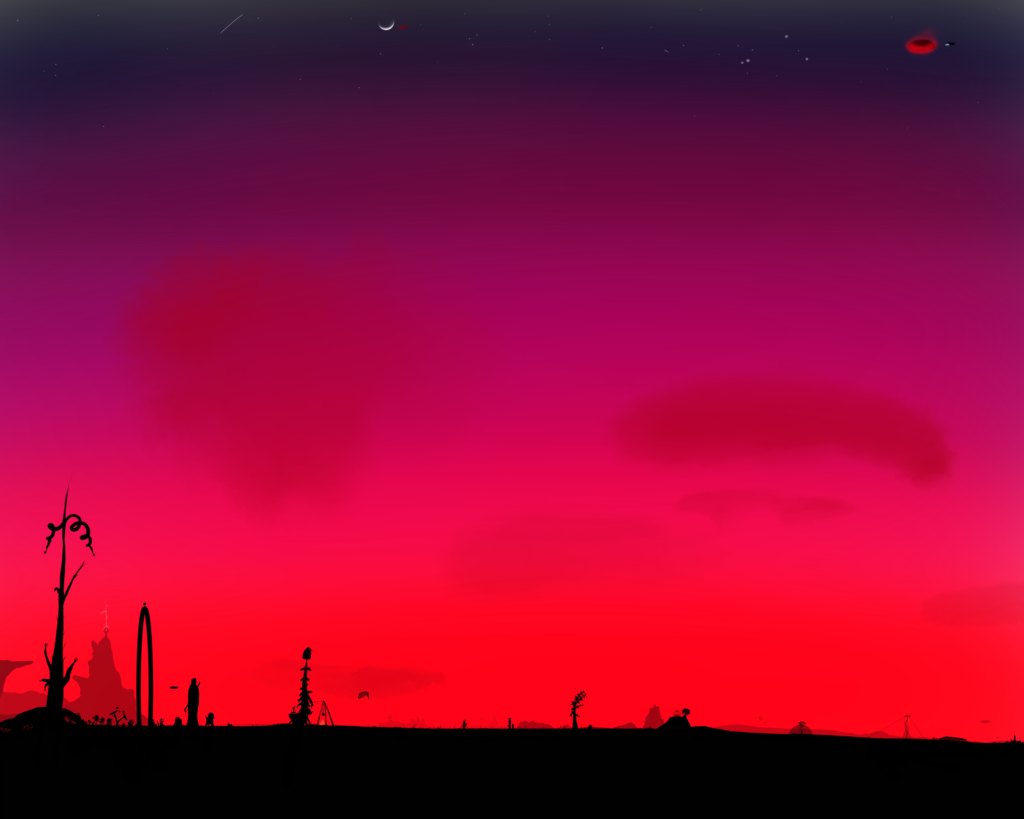
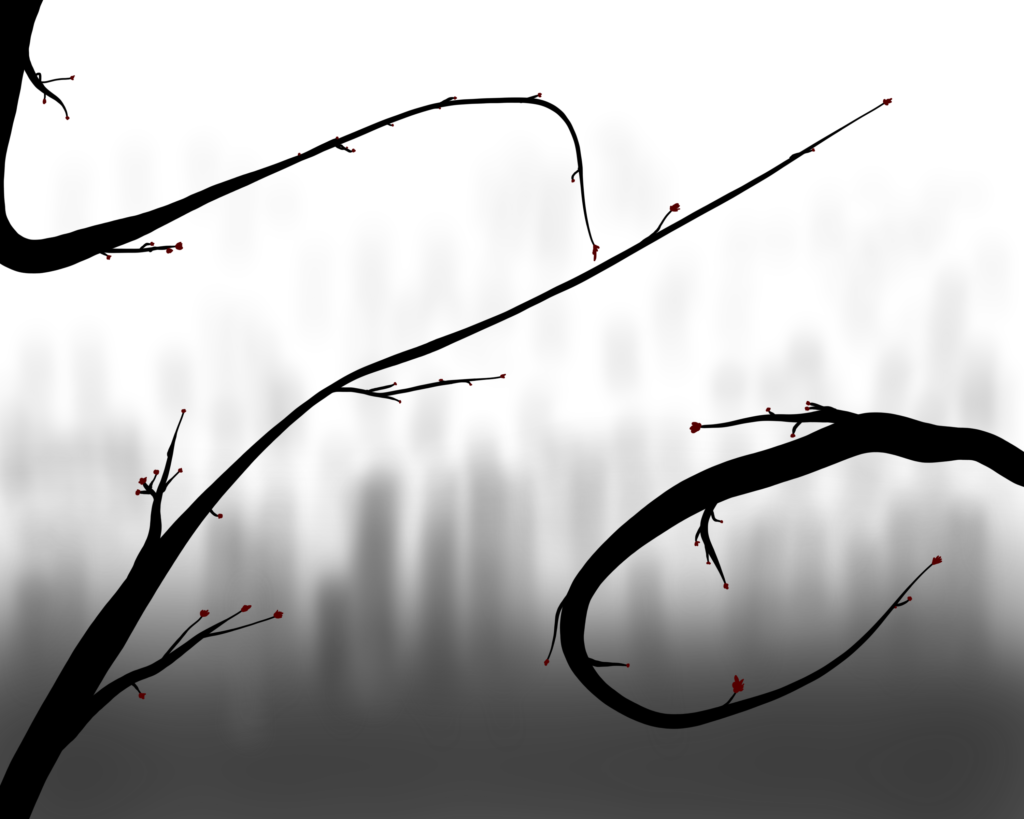

Apr 1 – Next phase.
Mar 14 – For Pi Day I had planned to release a new method for identifying and predicting prime numbers. Then I had an epiphany.
This work was meant to serve others, but aside from the occasional third party masked in obscurity, I’ve received little to no direct correspondence since the first discoveries.
A new mathematical notation, an alternate periodic table, a new method for mapping number sequences and much more, but still a resounding silence from communities that I fought so hard over the years to engage with.
Now another breakthrough, and I find myself disinclined to share it. When speaking with a family member recently the point came up that seeking validation is not the way. My intent has not been to seek validation, to ridicule or to dictate, rather to express what I’ve known in my heart since I was a child – that the world is not at all what it seems, even by the standards of a scientific paradigm. Whatever one chooses to believe in, beliefs are limits of the mind.
Of course, Ego being what it is, one cannot simply say this to a school of thought that has become its own religion, holding both the authority of educating a society and determining its “truths”. So I demonstrated the works here, against the grains of an establishment and to the sounds of silence. In a world that imposes its narratives daily via the influences of social strata, I shared something different with the world and found hypocrisy in the silence that followed.
I am a deeply flawed person, but have always wanted to help people. My hypocrisy stems from hurting so many in the process of finding my way on this path. As I’ve grown I’ve come to realize that wanting something for others does not mean that they want it, or more importantly, that I should be the one to provide it. Perhaps more importantly is the underlying paradox that sits like a koan in the void – that we are all indeed connected. That the dualities which drive our volatility and the fluctuations of our familial narratives are rooted in ignorance and suffering. None of this is is original thinking, and that says something.
When a woman I love who once loved me spoke of a desire for money and power, I knew she saw these desires in me when I could not. To see these fears reflected back at me in her eyes, I knew then that I had failed her as a lover, as a friend, as a spiritual partner.
Whatever comes next on this site, it will also serve as a message to those who hold seats of authority in this world of narratives, perspectives and influence (because in this world, dynasties often dictate the writing of history). If you are going to serve others, do it beyond yourselves. Do it without the need for validation or approval.
Best wishes to you all on Pi Day.
Mar 12 – It’s understood that Hollywood sells Californication.
Mar 10 – A friend recently asked me what I thought about the Fermi Paradox, to which I responded, what if the narrative of Science is so fundamentally flawed that the paradox is based on a false premise.
According to the modern scientific narrative, 95% of the universe is a combination of dark matter and dark energy. If I had spent my days waiting for scientists and scholars to explain this, Prime Mechanics would not have been developed. After all, the language was based largely on the premise that the underlying mathematics of modern science was simply limited, if not largely invalid.
What follows this week is further development regarding prime numbers ; )
Dec 31 – Happy New Year!
It is going to be a busy 2025 : )
Stay tuned.
Feb 8 – Lots of things in the works, stay tuned : )
Whether or not we may recognize it, we get a lot of help along the way. Everything shared here was inspired by others, and I’m grateful for having the opportunity to share it in an effort to help with the U.N. SDG’s (United Nations’ Sustainable Development Goals), as well as grateful for friends, family and strangers around the world. Thank you.
Jan 7 – While this site was originally set up as an active project, I’m turning it into more of a portfolio as I start branching out into some other areas, including Architectural Design, Engineering (Mechanical, Electrical), Landscape Architecture, City Planning & Urban Development, Language Development/Education, Music Composition, Drawing and Writing.
For those new to the site, all photographs and digital artwork are originals. More artwork can be found using the Gallery link at the bottom of this page. Images of tables, charts and graphs are primarily done in MS Excel, while the digital art is done with SketchBook.
It’s been over a year since I finished my programming bootcamp and I’m starting to jump into the electrical/mechanical side of things. Just finished putting together my first set of LED’s on a breadboard with an Elegoo microcontroller and Arduino IDE – felt like a kid with a new toy! I’m still interested in developing a version of the program that inspired me to invest in learning web development (most people assume you may want to work in programming straight away), but there’s only so much time in the day and I have a full-time job (which I’m grateful for).
In terms of music composition I’ve just added my latest piece in the Gallery section – Midnight Train. I’m currently learning the piano (I have a history with the violin, guitar and music composition) and would like to eventually have the skill to play the pieces I write, but until then I’m happy to share them. They’re primarily written for the piano but I’m venturing into orchestral.
Nov 11 – I’ve been interested in art and music since I was a kid, and with this latest project milestone I’m ready to start working on some new ideas in these areas : )
Oct 26 – I’ve modified an electron configuration conversion chart to match the formatting of the alternate (what I’m referring to as ‘Pi’) periodic table presented earlier this month.
Excited about next steps!
Oct 25 – I’ve made a critical update to the two tables presented at the top of this page. When formatting the tables I made the mistake of mislabeling Ne as He when laying out valence electrons in the keys at the bottom of both versions of the table (Helium has 2 protons and Neon has 8 valence electrons – basic chemistry that was overlooked during formatting).
These were designed to be educational resources, so I apologize for providing poorly edited educational material – please feel free to utilize the updated tables.
Have a wonderful week!
Oct 12 – PM was not inspired by competition. As has been expressed a number of times over the course of this project, none of what is here would be possible without the work of countless others.
If you find PM useful I hope that you’ll consider picking a U.N. SDG and creating a passion project that could help serve the planet and humanity. The Axiom Project which resulted in Prime Mechanics was largely inspired by these goals:
PM is mathematics, but it is also a language – please use it altruistically : )
Oct 11 – I’ve made two changes from the Standard Periodic Table in the updated ‘Pi’ Periodic Table in the top two tables on this page.
The first is to change Group 1 to the Hydrogen group (conventionally Lithium – this is already done in some circles), and the second is to change Group 2 to the Helium group (conventionally Beryllium) – the latter redefines Group 18 as the Neon group (Atomic Number 10).
More updates to come.
Oct 6 – To the left, a new conversion table based on the theorized ‘Pi Calendar’, and above, the periodic table converted to this structure based on the newly added alternate periodic table of elements.
This conversion table is based off of the Pi Calendar which I released back in June 2020. The bottom of this page will provide further details on the seventh iteration of the inverse-square model as it relates to an approximation of Pi as a fraction.
Oct 6 – Some significant stylistic updates to aid in the visual aesthetic have been made, along with two versions to provide some additional information. I’m excited to start working on a hybrid concept based on this model!
Oct 5 – I’ve made a slight modification to the group name for Group 1 in this newer version of the periodic table (above).
Conventionally this is called the ‘Lithium’ group despite the fact that Hydrogen is the first element. There are a number of reasons why Group 1 is called the Lithium group within academia and as a public standard (based on my review of these sources), however I’m going with ‘Hydrogen’ group in the context of both the aesthetics of the table and the overall simplicity of prime notation.
It’s important to remember that Prime Mechanics is not based on the Real Number System, as it essentially integrates 1 and Pi, two distinct values within the Real Number System
Oct 4 – Time for an update : )
The above image is an alternate periodic table which I developed on Oct 2, 2023. It took several years of planning to implement this design and a couple of days to create it, it has been a fun week!
Mar 20 – Although I’ve officially stopped managing Prime Mechanics as of January in order to pursue my career, I’ve had time to complete a small workbook that converts additional number sequences to Prime notation (downloadable here).
During the development of PM I began to theorize its applications in Biocosmology, Culture and Socioeconomics, though this section was later removed as I began scaling down my work on the project. On a similar note, I’ve recently removed the ‘Classical Mechanics’ section (Fundamentals, Curiosities and Millennium Problems), as these have also represented significant stages of the project that I no longer have the time or energy for.
While I’m especially sorry to say that this means I won’t be expanding on the Millennium Problems, perhaps someone else will carry the torch : ) Those interested can start by checking out the Riemann tab in the Prime Conversion workbook (here). Please note that the ‘Unit Circle’ and ‘Euler’ tabs from this workbook are early/incomplete drafts as part of the open access nature of the project.
As mentioned in January I’ll soon be providing a short paper which may serve as a form of closure for those who have followed my work these past several years. Thank you for your support, it means everything!
Carpe diem.
Jan 31 – I’ve been asked a number of times in recent months as to what PM is meant to solve. While the Abstract touches on the idea that PM was designed as a combination of language research and an interest in scientific development, I’ve decided to write an article on this question. Once the article is written I’ll provide it here as well as on my LinkedIn page, available here and soon to be linked at the bottom of the page (this is the only social media account I currently have).
Have a great 2023!
Dec 18 – Adding an amazing educational resource to the ‘Resources’ link at the footer of the home page. They currently offer learning simulations for Physics, Chemistry Math, Earth Science and Biology.
https://phet.colorado.edu/
Dec 17 – The ‘Proposals’ section has been removed from the site menu, with some minor edits also made to the “Classical Mechanics” section.
Happy Holidays!
Nov 21 – I’m excited to have just graduated from a software development bootcamp this past week! Regarding inquiries from programmers over the years, despite my work on PM, prior to this year I’ve had no working knowledge of programming.
With a solid foundation in three full stacks of web development, I’m ready to continue mastering this skillset while applying it to a number of long-term projects. Some of these are related to PM while others address areas I’ve worked in throughout my career.
I’ll also be giving the Abstract a third major work-over — while PM has been a passion project, it was inspired by the minds of numerous disciplines, not least of which are science and education. I feel that in its current state, the critique provided in the Abstract takes away from its intention – bridging communities in a positive way.
While several areas of the site have not been updated in some time, namely the subsections within Classical Mechanics, I’ve been busy with building up a solid foundation in programming and haven’t had the time to commit to expanding on these areas. Stay tuned for future projects!
Nov 14 – Working on some new and exciting updates, stay tuned
Oct 7 – Wishing everyone a happy and healthy fall season.
Apr 19 – The Abstract has been updated from the original 2020 post.
Apr 15 – A modified illustration of Element 119 with respect to the primer [00)[I0)(0I][II] has been added near the bottom of this page. The previous illustration inaccurately stated the decimal expression for 7/5 – this has been corrected to instead reflect the average of the ratios provided.
Apr 14 – Updates to the ‘Proposals’ and ‘Pi Calendar’ pages.
Apr 7 – After a nice long break I’ve decided it’s time to get back into the mix! I’ve started by making some significant changes to the layout of the site.
The menu now features a ‘Proposals’ tab as an umbrella for Bio-Cosmology (aka Astrobiology?) Culture and Socioeconomics. I’ve also added a new page titled ‘Classical Mechanics’ – this page will be a hub for work done on fields within CM ranging from mathematics to applied science.
I’ve trimmed the home page in order to make it more reader-friendly, so a lot of the material here has been moved to other pages. The ‘Gallery’ page will now feature some photography and musical compositions.
Lastly, I’ve updated the Cipher/Primer diagram on the ‘Prime Notation’ page – I felt the previous diagram had too much information, fell into more abstract interpretations of the Primer and contained a few syntax errors. The new diagram is a simpler evaluation of the notation.
Jul 14 – Wishing everyone a happy and healthy summer!
Apr. 5 – I’m happy to announce that I’ll be taking a much needed vacation from this project : ) While there has been an increase in developments this past year, I’ve been setting timelines lately that needn’t be set when it comes to updates.
When I come back I plan to continue from the most recent update, adding an additional page with a focus on the Riemann Hypothesis and Euler’s Identity. Euler’s Identity has been particularly fun to explore due to the simplicity of its notation and in understating the connection of e to Pi (we may express these values as [2Xx) and [3Xx) using the Pi operator [00)). I also expect to have formalized the Prime notation for the trigonometric identities. The speed of light (299792458 m/s) has been of interest lately as a potential early candidate for mapping Pi to the physical constants.
I’m extremely proud of the work that has been done so far on this project, and grateful to know that while some have already discovered PM’s potential, others of varying vocations may continue to do so down the road.
Mar. 26 – Corrected the initial Prime notation presented in the Fibonacci table above – the first four iterations of the 8-part loop are one, one, zero, three.
Mar. 24 – The introduction below has been modified alongside the replacement of the original Cipher/Primer with an early conversion of CM Geometry to Prime notation.
Mar. 14 – Happy Pi Day! While I had originally planned to provide a presentation on Prime Mechanics intended for the DLCC, I’ve converted it into a short paper that is now available for download at the top of the page and here.
Mar. 9 – The presentation originally planned for the DLCC is being re-formatted and will include additional content – this should be completed within a number of days. A more in-depth mapping of Euler’s Identity and the Riemann-Zeta Function are available via the ‘Prime Conversion’ file, available in the ‘Downloads‘ section.
Although the Riemann Hypothesis is a Millennium Problem, the Axiom Project was established as a non-profit endeavor. With this in mind, all work presented on this and future problems within the project scope will be openly provided here without concern for monetary gain.
Feb. 22 – A newer test of Prime Mechanics will be re-conceptualizing the Riemann Hypothesis, one of the Millennium Problems (here).
PM can break down number sequences with relative ease (Fibonacci, Primes above) because it is simply converting each value to Prime notation. At the same time, each number value correlates to the Pi operator [3Xx), where Pi in Classical Mechanics is often represented as 3.141…, 22/7 etc. This operator creates a structural loop that can be mapped as seen in the aforementioned examples. The solution to this hypothesis may be relatively simple when using PM because of both how the language understands fractions and its second law (II == 0).
Feb. 22 – A Reference excel file has been added to the ‘Downloads‘ page – it currently provides standard unit measurements used in Classical Mechanics (Real Numbers).
Feb. 21 – A quick project update – with the mapping of Base-10 orders of magnitude and the early work on alternate Prime notation, I’ve been working on an additional reference workbook that will include Standard Unit Measurements. It is currently believed that Prime notation may simply cancel out these units, as it only requires the number value for any given unit. For those unfamiliar with earlier works, this is because Pi equals I(one) in PM. This means that any single unit value may be assigned the value Pi (1 person, 1 meter, 1 proton, 1 quark, 1 electron, 1 sun, etc… – written most efficiently as ‘I’). Because of this rule there are also no values less than I in PM, which equals Absolute Zero as the first law of the language (I == 00).
Two different areas are being explored at this time – basic Geometry and Chemistry. Pi is already fundamental to Geometry, and so understanding Pi through a vastly different lens from Classical Mechanics will provide a new visual tool for understanding one of the foundations of applied mathematics. Chemistry will be a fascinating field to explore because of how Prime notation may be used to describe atomic structures. In Classical Mechanics, a water molecule is comprised of two Hydrogen atoms and one Oxygen atom. We can identify this arrangement by its number of protons, neutrons, electrons and further still by particles within the Standard Model. In Prime Mechanics, these number groups would simply be mapped to the Pi calendar relative to their total values, potentially overlapping in many cases.
Dec. 12 – Now that Prime Mechanics has been shared with the global community, I’m removing the Facebook and Instagram accounts in order to shift development outside of social media. I will also be taking a hiatus from the project – I am grateful to have taken it this far, and I hope others may see its benefit to society going forward.
Dec. 12 – The Q&A section has been removed in light of my hiatus on the project, and may be re-added in time.
Nov. 30 – Added additional image below demonstrating Prime conversion for values of Classical Mechanics
Nov. 18 – The Socioeconomics branch of the Axiom Project has been updated to included a ‘living wage’ subcategory.
Nov. 14 – A new Q&A section has been added that will work to provide answers to questions on Prime Mechanics.
Nov. 14 – Adjustments have been made to the wording in the closing paragraph of the Abstract. While a degree of criticism against the modern paradigm of academic discourse and education is intended, it is expressed with sincere respect. Prime Mechanics was designed to optimize and integrate languages by improving their efficiency and bridging their terms – not to disprove or discredit any particular aspect of modern academics. Solutions require problems, even hidden ones.
Nov. 11 – Pi has been mapped in Prime notation up to 141 iterations (remembering that this correlates to 141 elements following the Inverse-Square function of Classical Mechanics), revealing a structured set of data and reaffirming the ‘fractal’ functionality of the language itself. A screenshot of the discovery is further below – the next workbook update will include this table under the ‘Pi III’ tab.
Jan. 30 – A number of syntax errors have been found and corrected on the ‘Pi Calendar’ page, along with an overall re-edit and removal of some redundant material.
Jan. 27 – Updates to the introduction section above – guests may visit the ‘Downloads‘ section for access to additional project materials.
Jan. 16 – There have been two new discoveries this past week! Prime notation has been used to reveal recurring patterns within both the Fibonacci sequence and Prime numbers (this was long overdue). The Fibonacci pattern has been posted above, but both sequences will be added to the next workbook as soon as I have time to update it. Prime notation ‘decodes’ these sequences by mapping them relative to the three basic sets of the Pi operator (often denoted as [00), where Pi as [3Xx) is expressed in the first law of PM as I == 00). The three recurring sets establishing this pattern are [6)[3)(3], [4)[2)(0] and [4)[2)(1], recalling that Tau is [6Xx), or 2Pi – they may also be found in column T of the ‘Summary’ tab and column M of the ‘Table’ tab.
Jan. 16 – Updates to the ‘Volunteer’ page
Jan. 15 – Added a preface to the Abstract clarifying intent – while this project has been independently managed, it wouldn’t have been possible without the work of so many others, especially within the academic community. Wishing you, your families and friends all the best in health and happiness in 2021!
Jan. 7 – Minor adjustments to some of the wording on the ‘Prime Notation’ page
Jan. 5 – Happy New Year! The III Laws have been re-expressed as dimensions further below. While I’ve taken a temporary hiatus on the project, there is still much more work to be done and many directions to take towards future development of the language.
Jan. 5 – An updated, condensed Abstract has been added here.
Sep. 23 – The Ternary notation for Prime Mechanics has been mapped in order to provide a method for integrating the Periodic Table and Standard Model. The most up-to-date file is provided as a modifiable Excel workbook and contains an open problem for the community
Aug. 27 – After several years I’m taking a much needed break from the project : ) This site will stay open for those interested in learning more about Prime Mechanics, and in time I will begin working on the third phase (here). Thank you all for your support!
Aug. 23 – Updated Abstract and error fix on PM worksheet
Aug. 20 – Additions to Socioeconomics and Gallery sections
Aug. 17 – Updated conversion table for the Pi calendar here
Aug. 13 – Time (bottom of page)
Aug. 11 – Added additional expressions to the III Laws of Prime Mechanics (below)
Aug. 10 – Prime Mechanics is up and running! Short-term work will be focused on site enhancements and fixes

The Periodic Table. Rows represent periods (bottom-to-top, 1-7), color-columns represent groups (blue-to-purple, 1-18). Black represents the f-block (28 elements).
Blocks are identified by row and column-width:
Rows 6-7, s/p/d/f-32
Rows 4-5, s/p/d-16
Rows 2-3, s/p-8
Row 1, s-2
The right-end of each row represents an element without any valence electrons (outer shell is filled).

UPDATED Feb 8, 2024 – Conversion of the periodic table to show electron configurations. The table has been re-dubbed the “Prime” Periodic Table based on its derivation from PM.
The III Laws of Prime Mechanics
00 == I
Two Tau equals Pi
TT == Π
[12Xx) == [3Xx)
[12)[6)[3)(3]
0 == II
Tau equals two Pi
T == ΠΠ
[6Xx) == [6Xx)
[6)[3)(3]
[6Xx) == r/d [3Xx) == C/d 2r == d
000 == III
Three Tau equals three Pi
TTT == ΠΠΠ
[18Xx) == [9Xx)
[18)[9)[6)[3)(3]

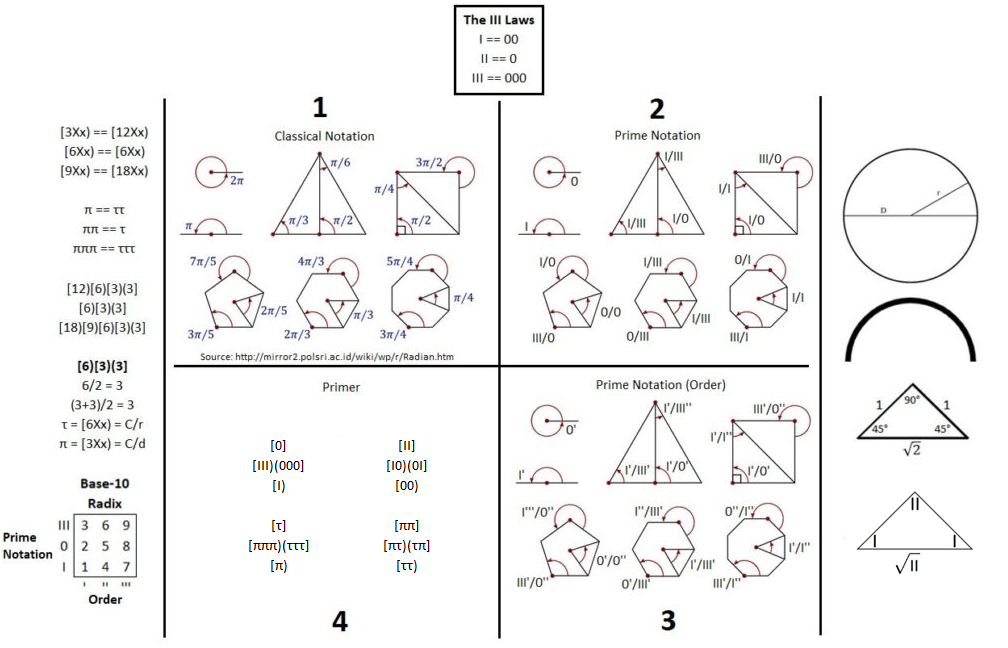
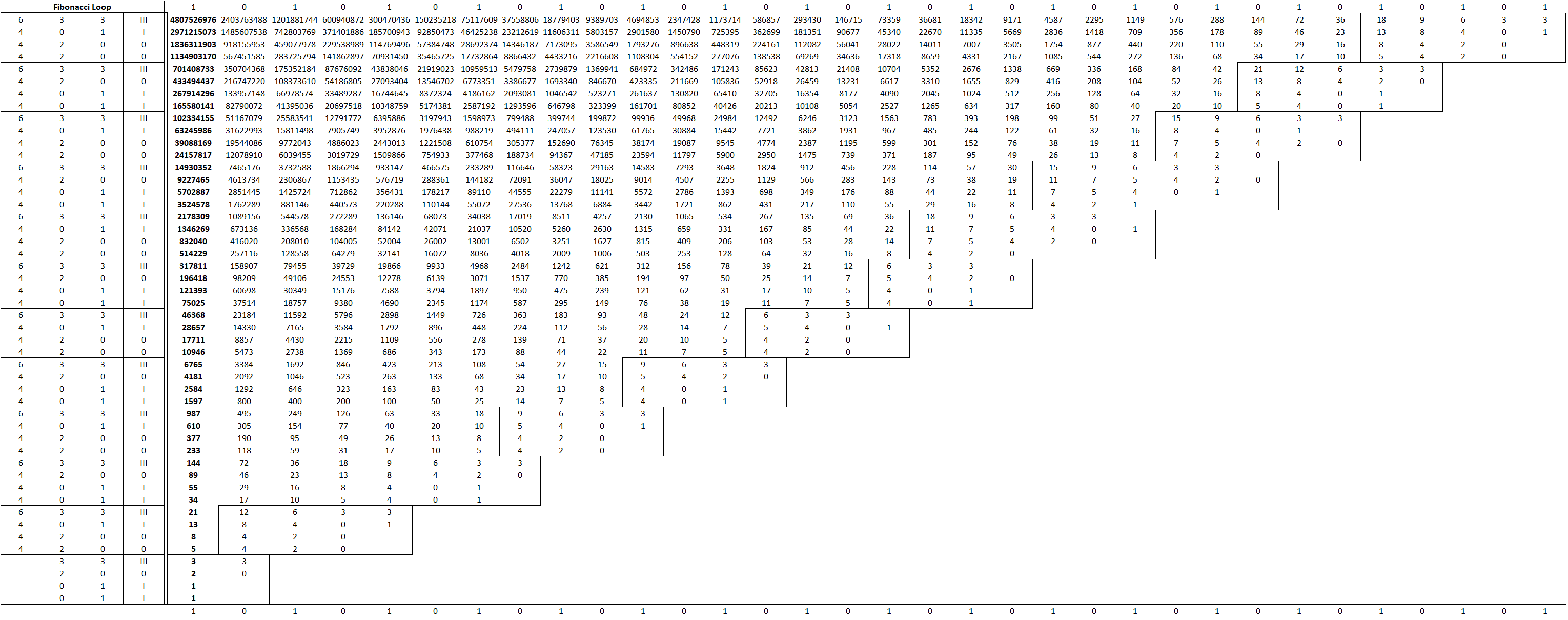
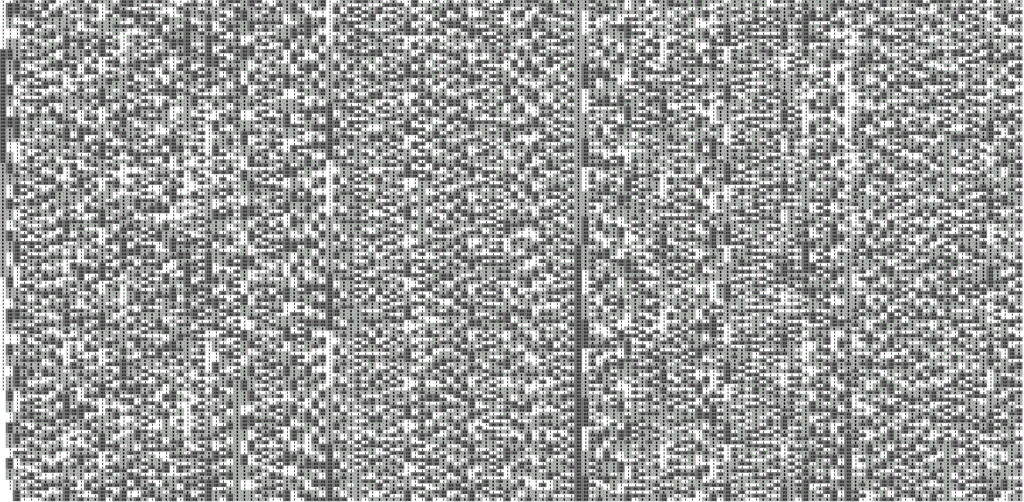
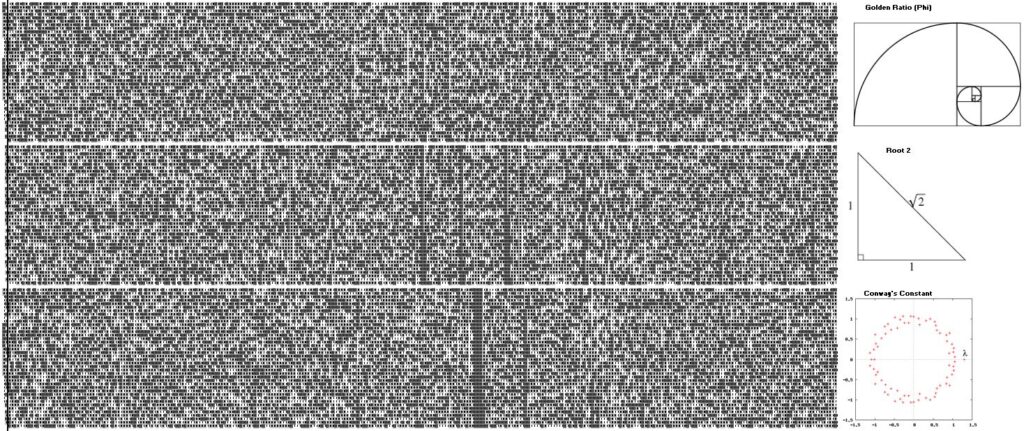

Understanding Prime Mechanics
Learn about how and why Prime Mechanics was developed, the challenges of open source collaboration and the short-term and long-term vision of the Axiom project.
Become familiar with the basic foundation and structure of Prime Mechanics as a language distinct from Classical Mechanics.
Learn how the Primer is used to rationalize the integration of the Inverse-Square Law with the Periodic Table. This has been the primary source of new information since July, 2020.
